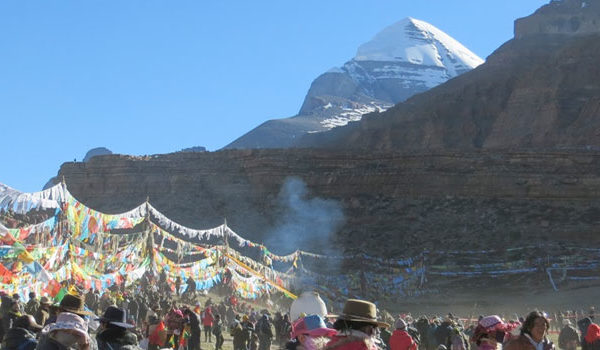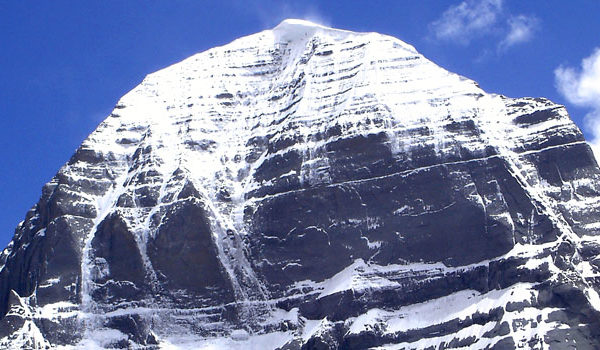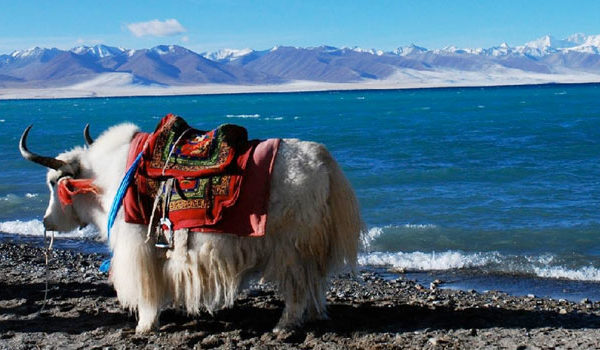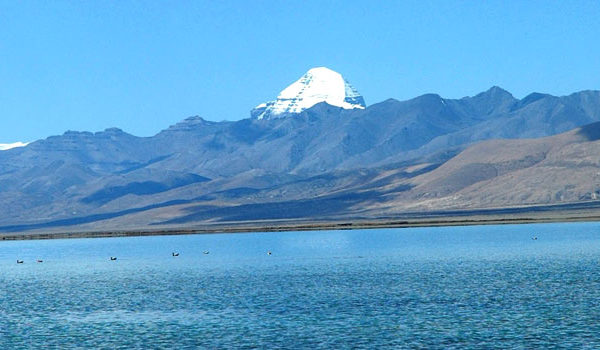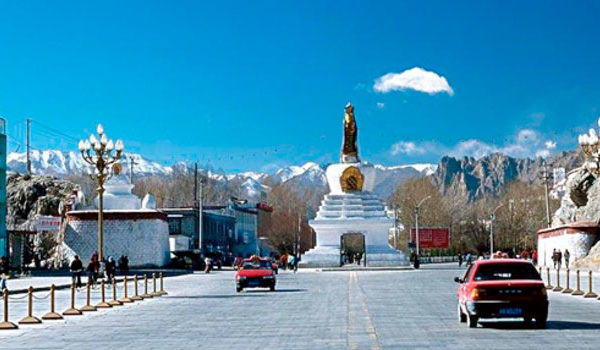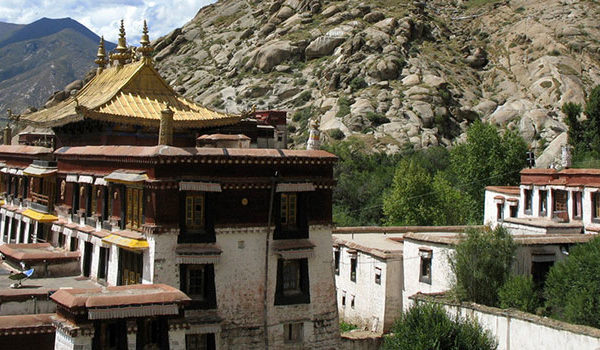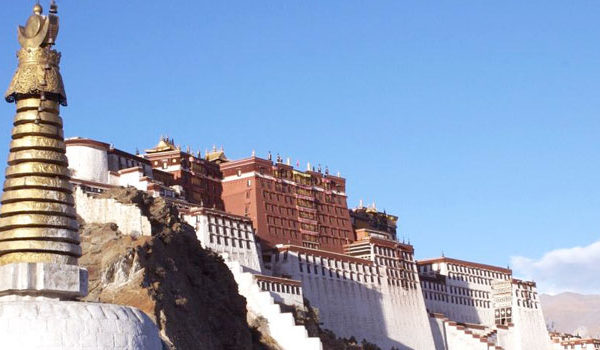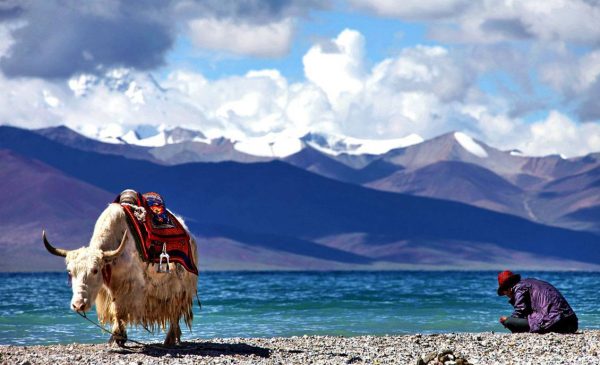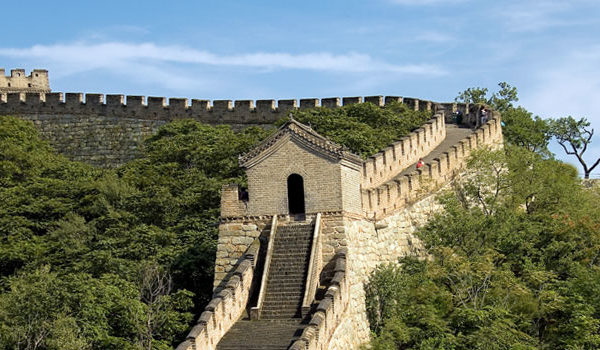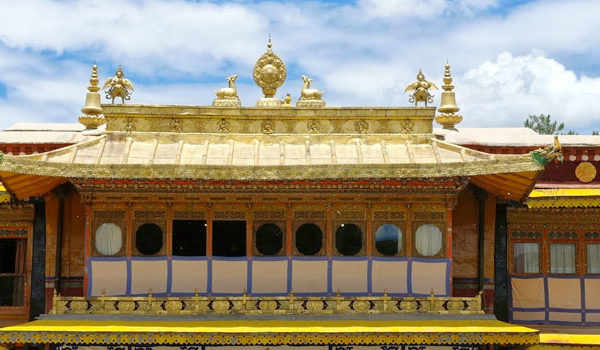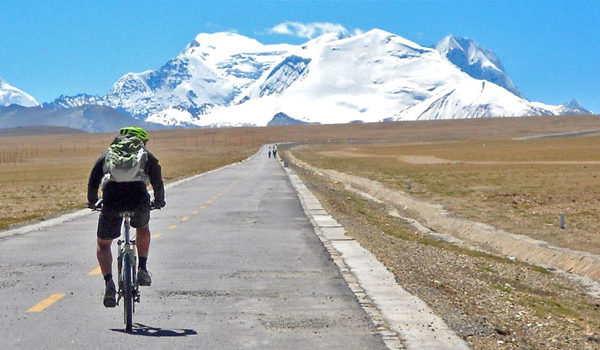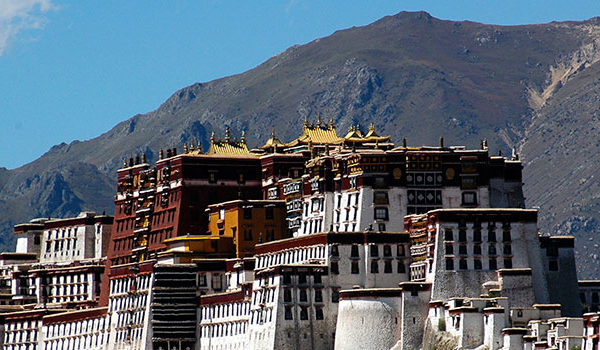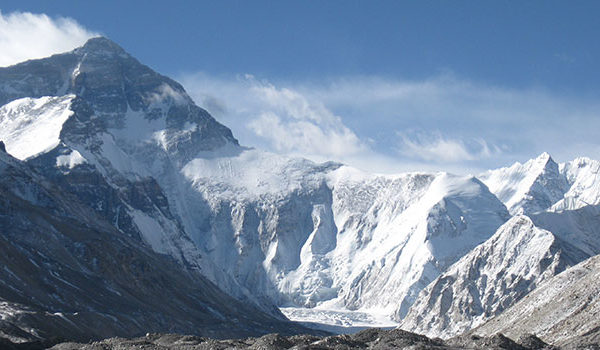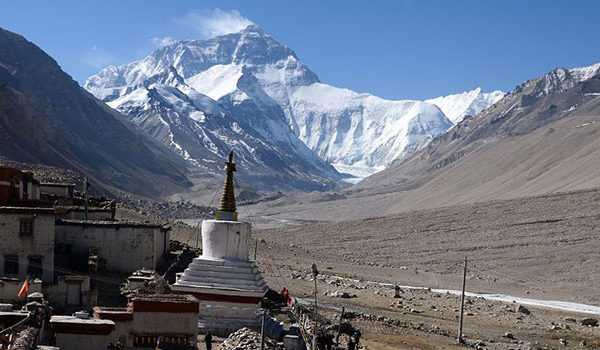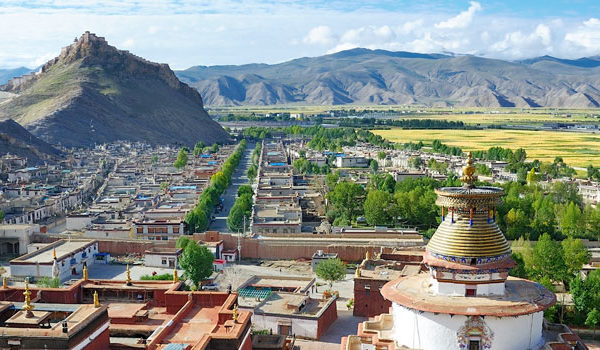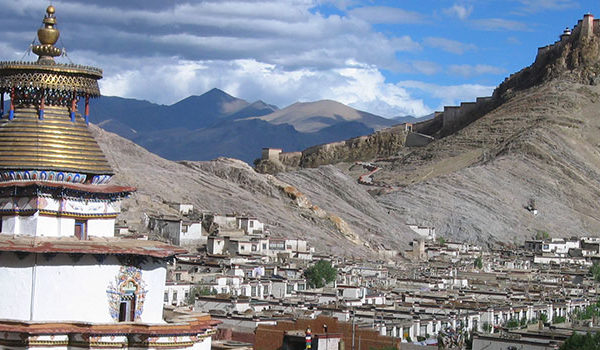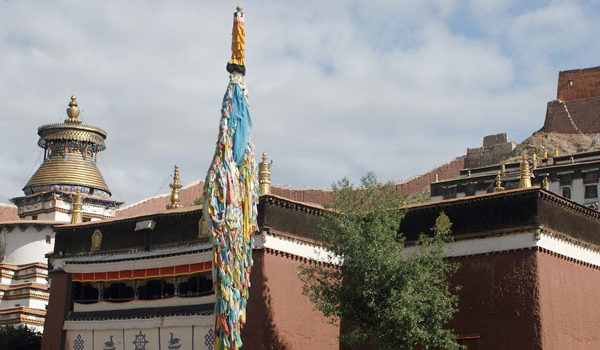As the capital city of Sichuan, Chengdu is a city with many faces. On the one hand this is an incredibly modern and vibrant place. Beijing Sichuanhas a relatively relaxed attitude towards this city and as such, Chengdu has blossomed in terms of affluence and investment. The traditional industries of gold, silver, silk and lacquer ware have helped to make this city one of the most important centers of commerce in the country. Today, skyscrapers dominate the skyline and Japanese cars and western goods are hugely popular and widely available.
This modernization has no doubt been helped by the important role that Chengdu plays in terms of education and culture in China. Once one of the most important printing centers in the country, Chengdu has a long history as a destination for learned poets and artists to gather and seek inspiration. The great poet Du Fu made his home here and today there are 14 colleges and an impressive university situated in the city.
Nestled amongst this affluence and development is another side to Chengdu. Traditional wooden Chinese architecture that once dominated this city can still be found in the outskirts although it is fast disappearing. What does still exist here however in abundance, is a great street life. Markets and street hawkers fill the streets dealing in everything you could possibly imagine, from snakes and snails to fortunes and foot scrubs.
Many travelers here are simply killing time or passing through en route to Tibet. This is however, a very pleasant city to do just this: feast on some great food and soak up some of the mellow atmosphere in one of the thousands of tea houses dotted about the city.

